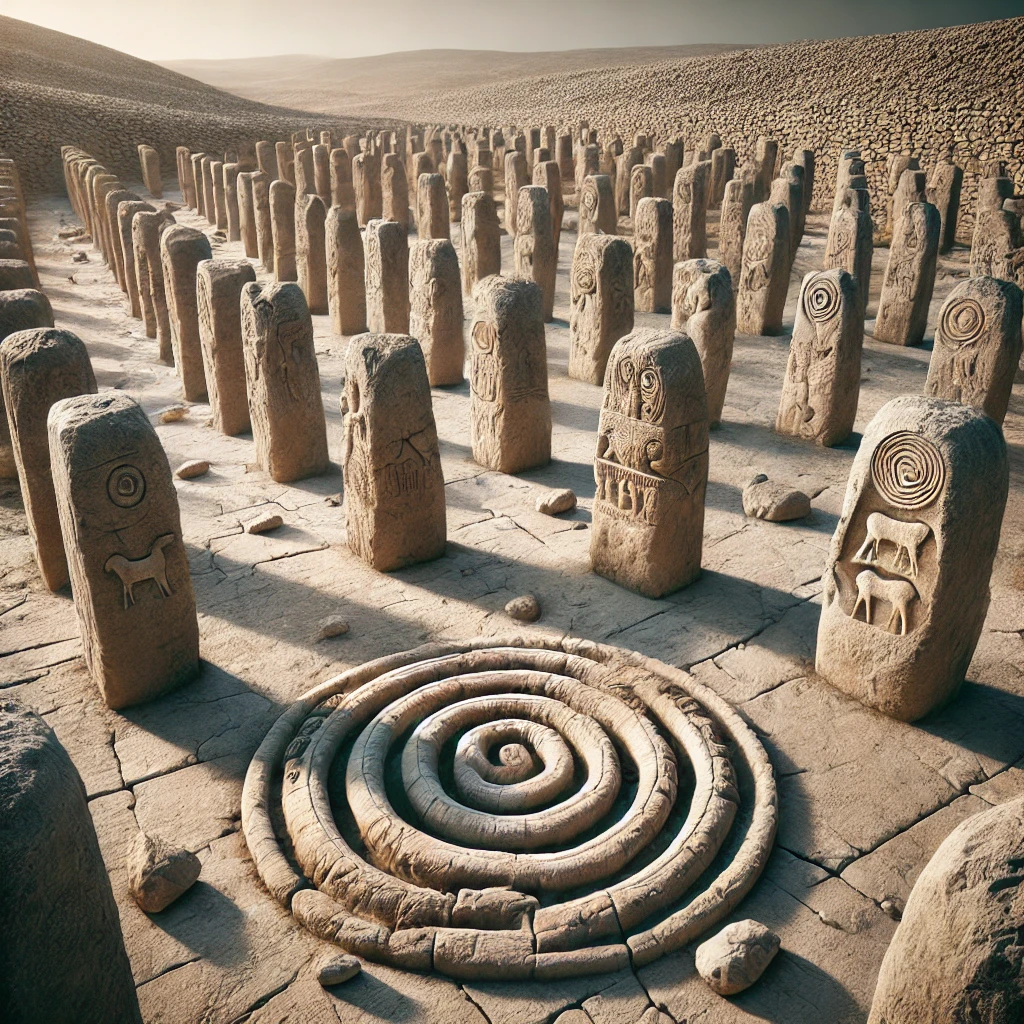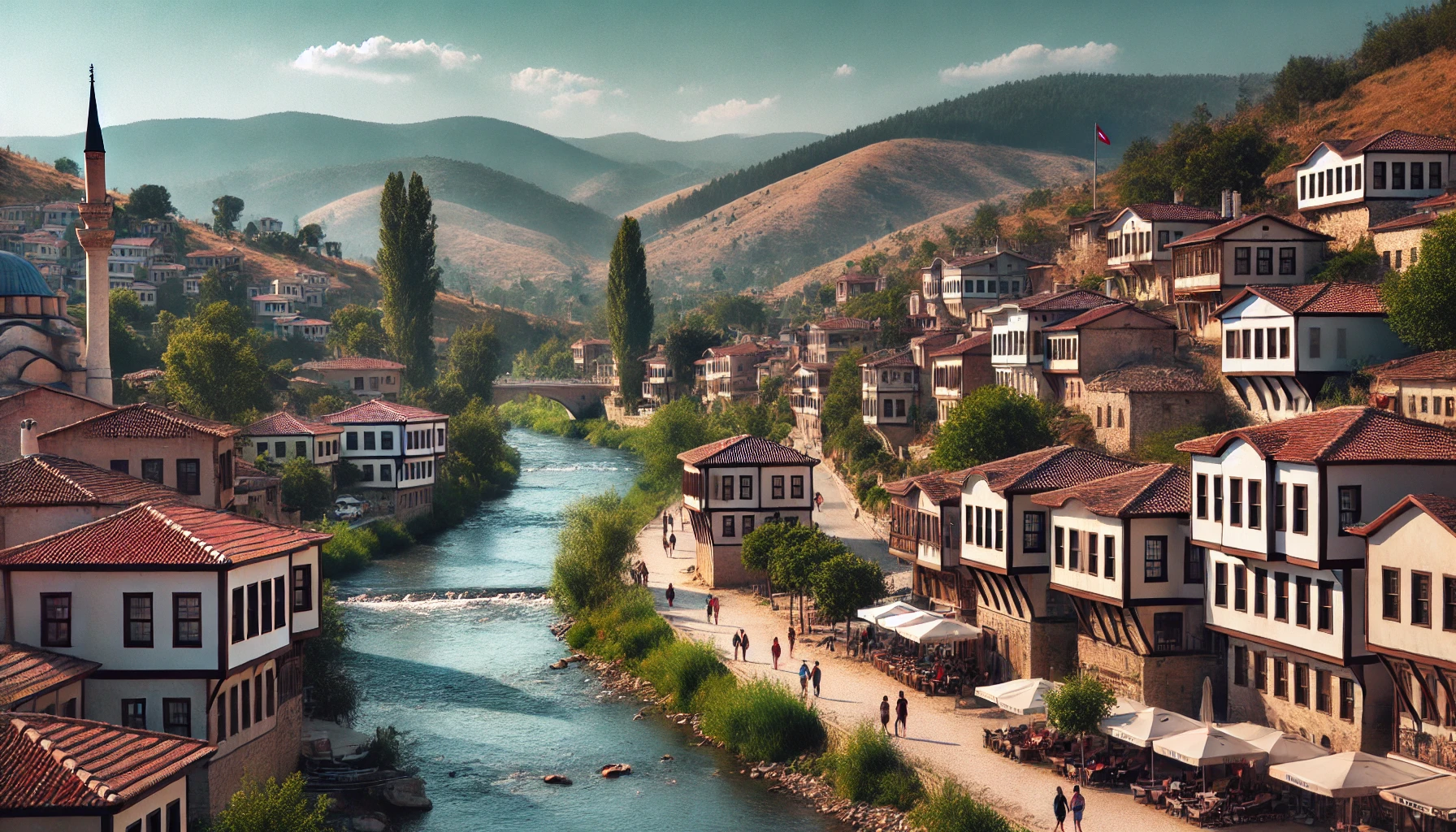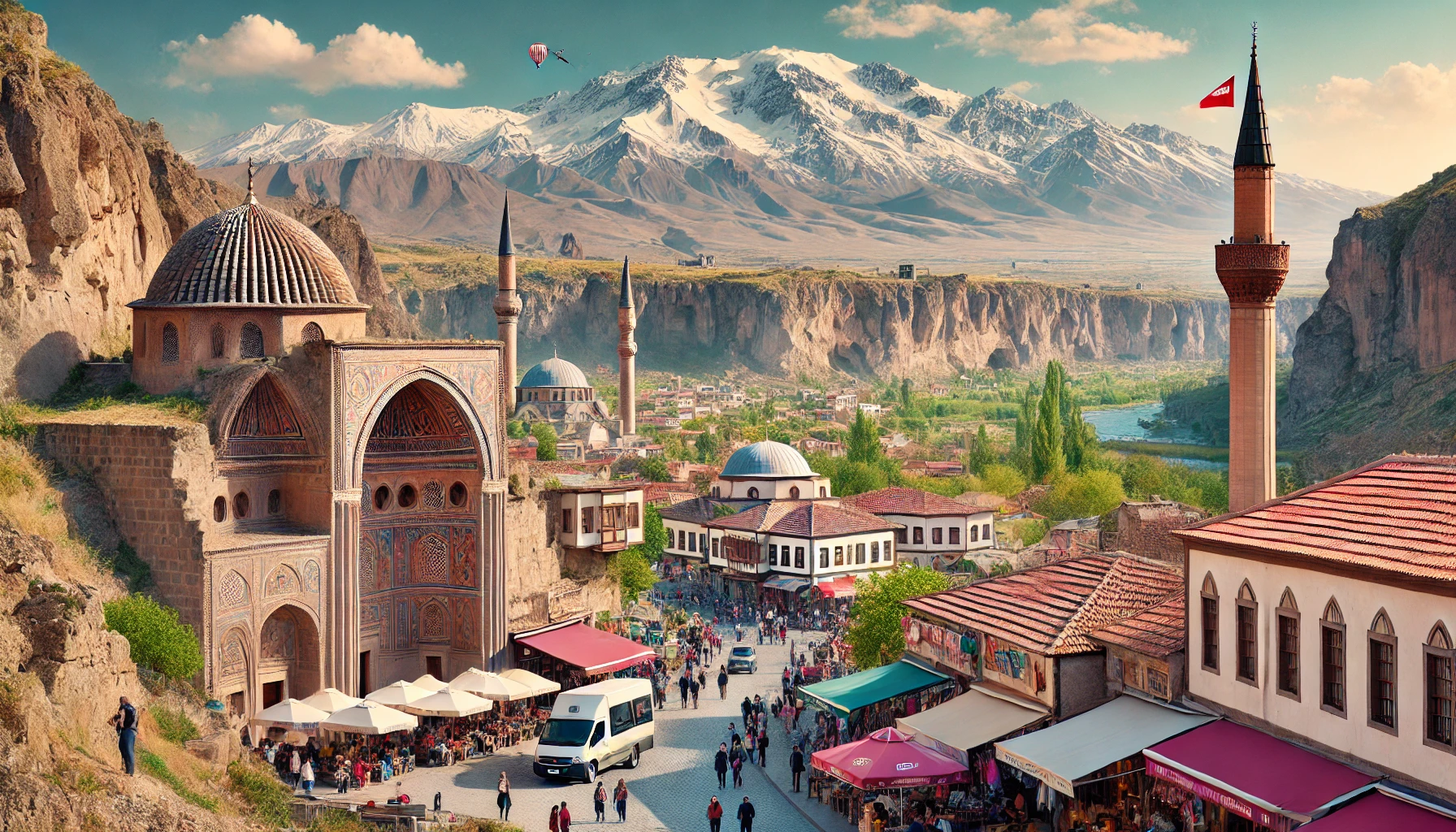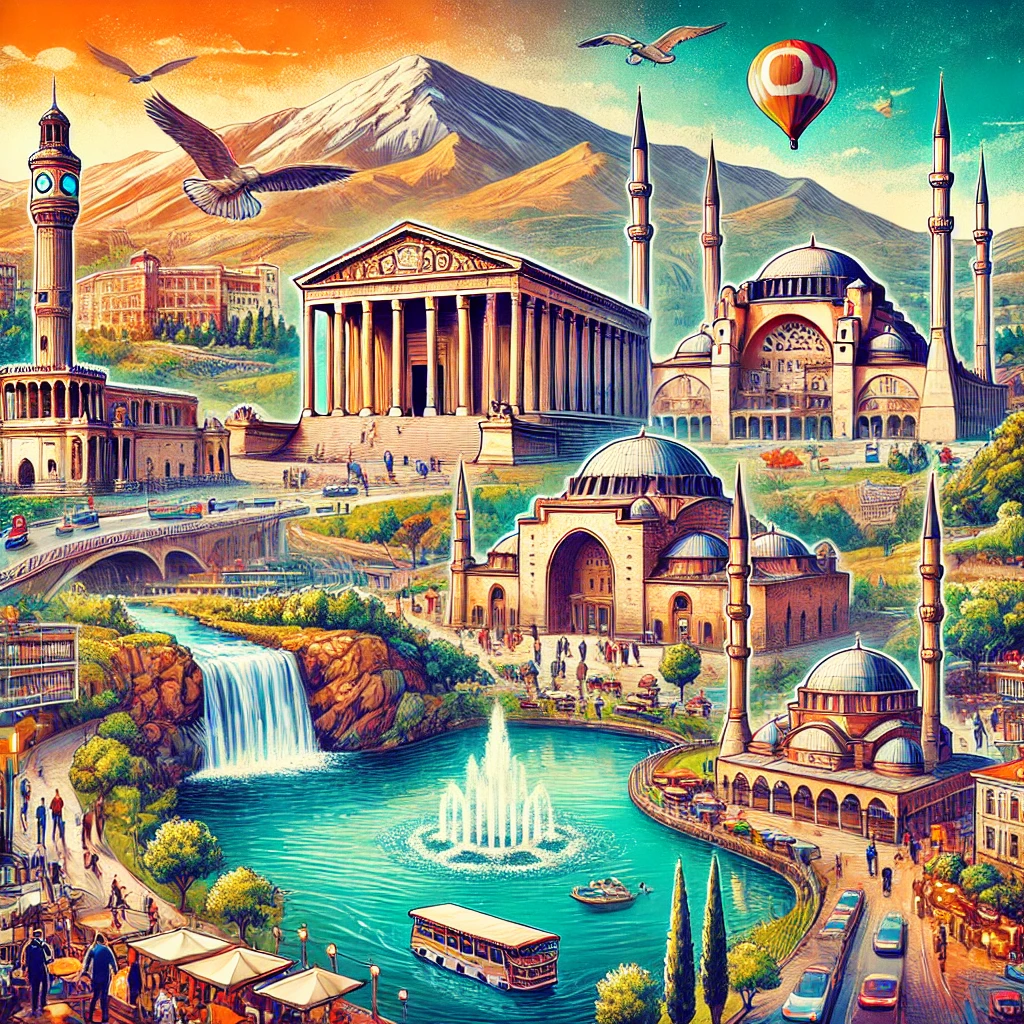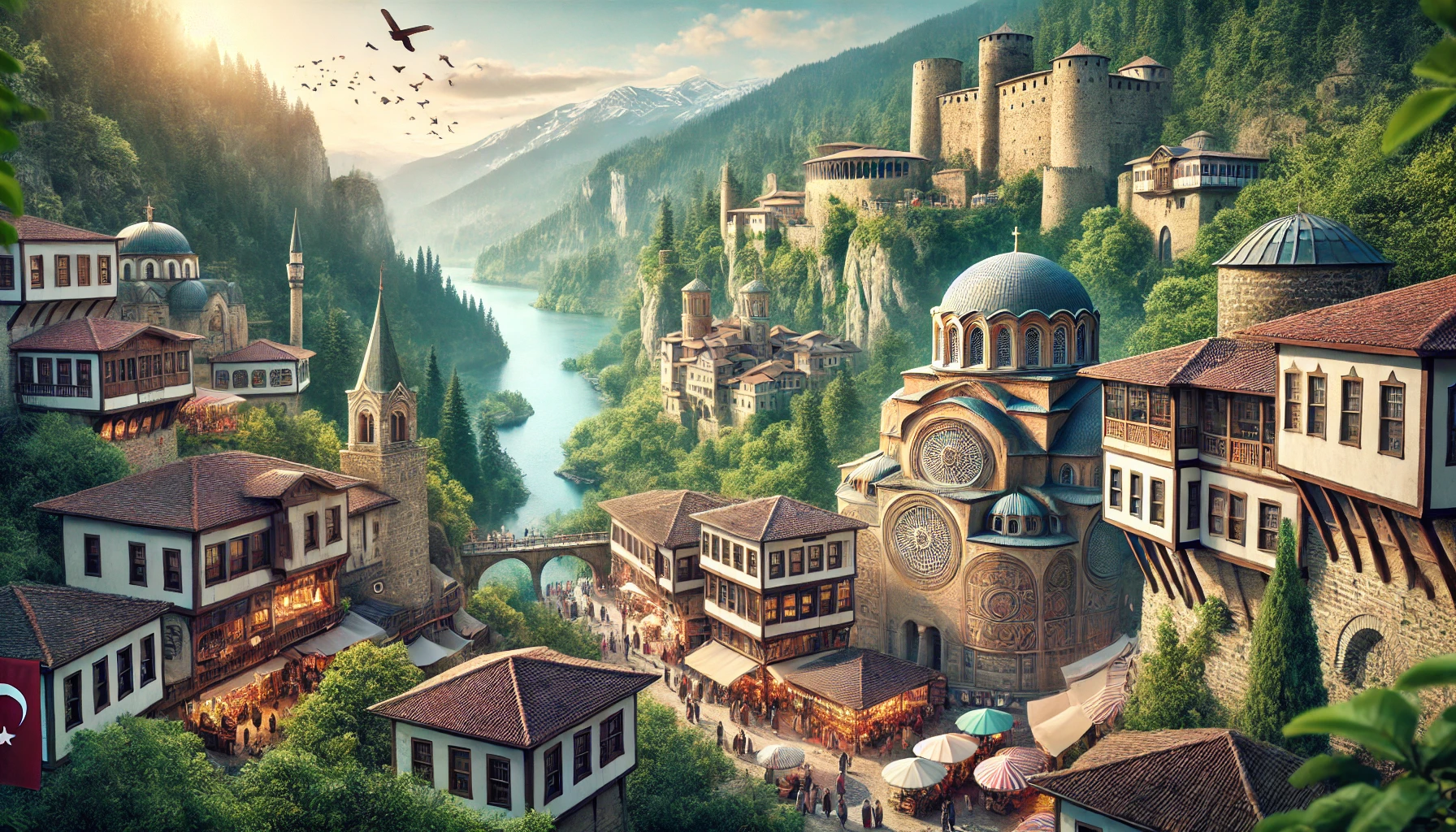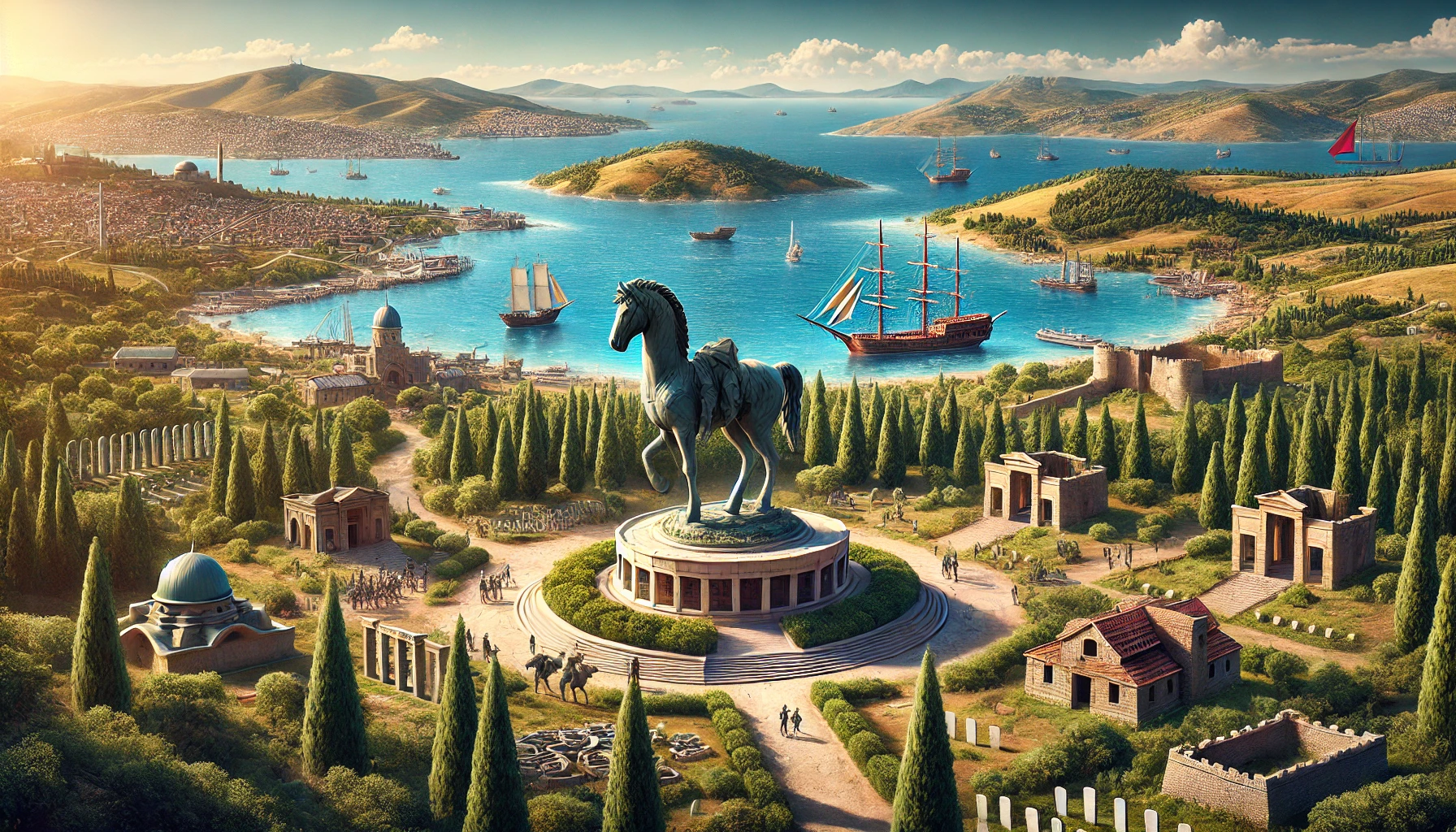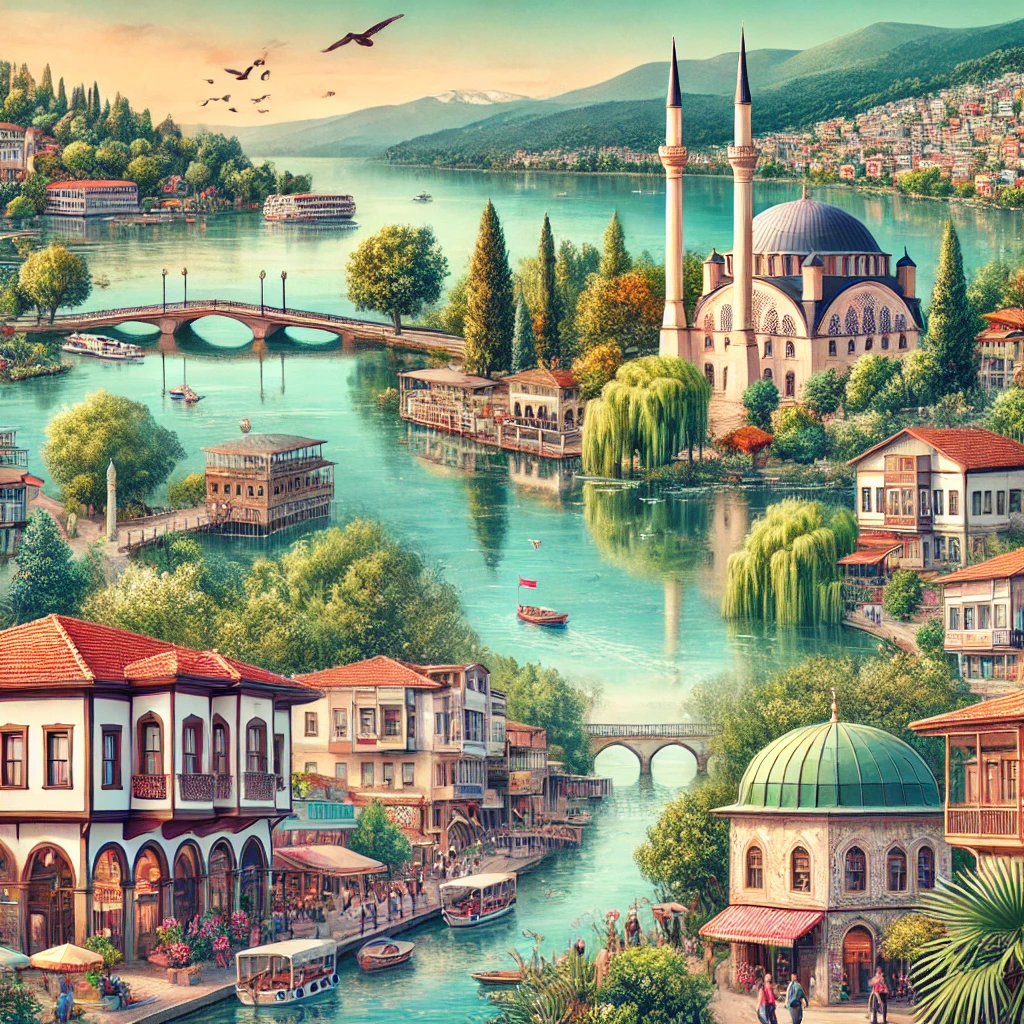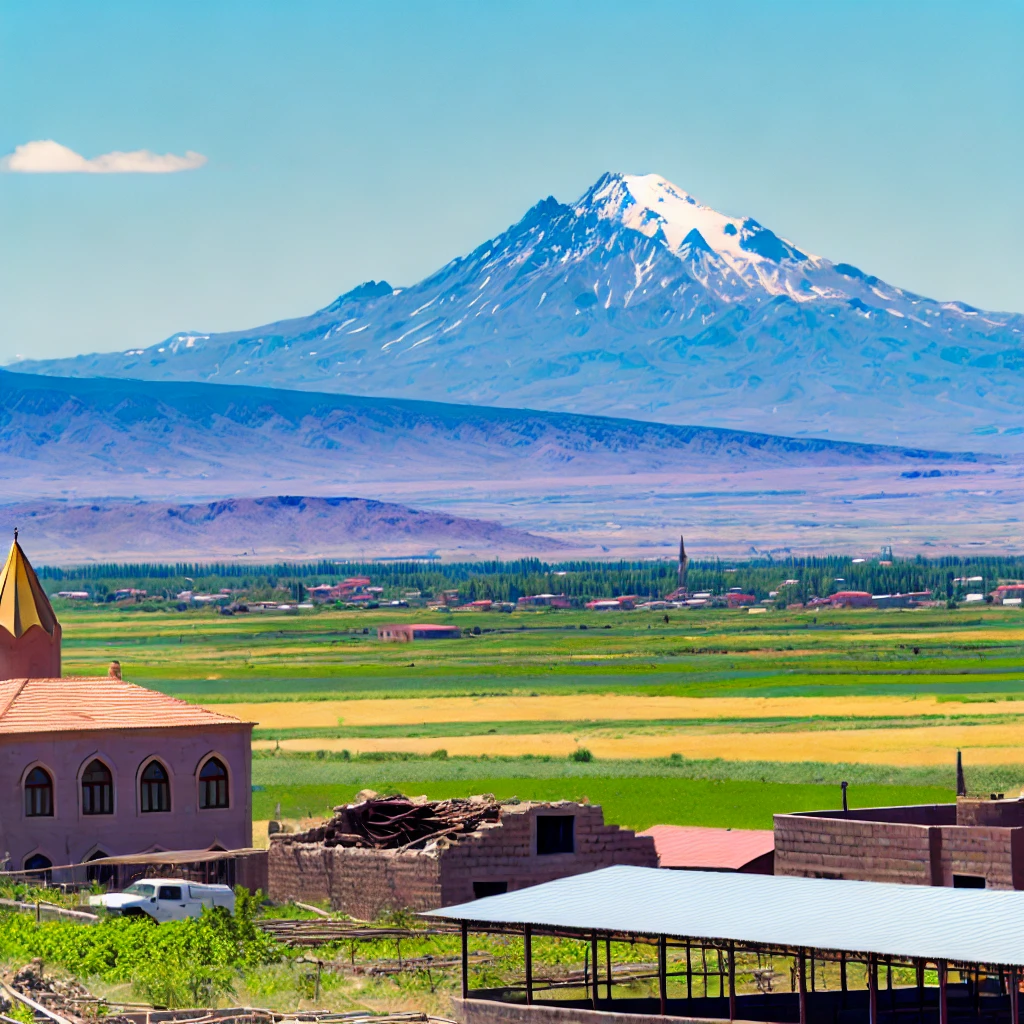Exploring Göbekli Tepe: The World's Oldest Temple Complex
Göbekli Tepe, located in the Southeastern Anatolia Region of Turkey, is one of the most significant archaeological discoveries of the 20th century. Dating back to around 9500 BCE, this Neolithic site is believed to be the world’s oldest known temple complex, providing rare insights into prehistoric religion, architecture, and society. This article explores the historical significance of Göbekli Tepe, its unique architectural features, and what visitors can expect when exploring this ancient marvel.
The Historical Significance of Göbekli Tepe
Göbekli Tepe: The Dawn of Civilization
Göbekli Tepe is often referred to as the “cradle of civilization” due to its age and the advanced nature of its structures. The site predates Stonehenge by about 6,000 years, making it a key location for understanding the development of human society. The large circular structures, each containing massive T-shaped stone pillars, are among the world’s oldest known megaliths. These pillars are decorated with intricate carvings of animals and anthropomorphic figures, offering a glimpse into the beliefs and rituals of the people who built them.
Key Features of Göbekli Tepe:
- Megalithic Pillars: The site is famous for its T-shaped pillars, which are believed to represent human figures or deities.
- Animal Reliefs: The pillars are adorned with carvings of animals such as lions, snakes, and birds, indicating the symbolic and spiritual significance of these creatures.
- Circular Structures: The massive stone enclosures are thought to have been used for communal gatherings, religious ceremonies, or other social functions.
The Debate Over Göbekli Tepe’s Purpose
While the exact purpose of Göbekli Tepe remains a subject of debate among archaeologists, it is widely believed to have served as a religious or ceremonial site. The absence of domestic structures suggests that it was not a permanent settlement but rather a place where people gathered for special occasions. Some researchers propose that Göbekli Tepe was a pilgrimage site, attracting groups from across the region for ritualistic activities.
Theories on Göbekli Tepe’s Function:
- Temple Complex: Many archaeologists, including the site’s original excavator Klaus Schmidt, have described Göbekli Tepe as the world’s first temple, built by hunter-gatherers transitioning to a more settled lifestyle.
- Social Hub: Others suggest that Göbekli Tepe served as a social and cultural hub, where various groups came together to reinforce social bonds and share knowledge.
- Astronomical Observatory: Some scholars hypothesize that the site’s layout and carvings may have had astronomical significance, possibly aligned with celestial events.
The Architecture of Göbekli Tepe
The T-Shaped Pillars: A Symbol of the Neolithic Revolution
The most iconic feature of Göbekli Tepe is its T-shaped pillars, which stand up to 5.5 meters tall and weigh several tons. These pillars are arranged in circular formations, with two larger central pillars often surrounded by smaller ones. The carvings on these pillars are highly detailed, depicting a variety of animals, abstract symbols, and human-like figures.
The Significance of the Pillar Carvings:
- Spiritual Imagery: The carvings are believed to represent the spiritual beliefs of the site’s builders, possibly symbolizing deities, ancestors, or protective spirits.
- Iconography: The repeated motifs of certain animals, such as snakes and vultures, suggest that these creatures held particular importance in the site’s symbolic language.
- Human Representation: Some pillars feature carved arms, hands, and loincloths, indicating that they were meant to represent human figures, possibly revered ancestors or gods.
Construction Techniques and Challenges
The construction of Göbekli Tepe would have required significant resources and labor, especially given the size and weight of the stones used. The site’s builders were likely skilled in stoneworking and had a deep understanding of the local landscape, including the availability of materials and the best techniques for quarrying and transporting the massive stones.
Building Techniques:
- Stone Quarrying: The pillars were carved from the local limestone bedrock using flint tools. The builders would have needed to cut the stones from the bedrock and transport them to the site.
- Architectural Planning: The layout of the site suggests careful planning, with the circular enclosures possibly aligned with specific astronomical or geographical features.
- Symbolic Construction: The construction of the site may have been a symbolic act, representing the community’s connection to the spiritual world and their transition from a nomadic to a more settled lifestyle.
Visiting Göbekli Tepe
What to Expect When You Visit
Göbekli Tepe is an active archaeological site and a UNESCO World Heritage Site, attracting visitors from around the world. The site is located near the city of Şanlıurfa, and visitors can explore the partially excavated areas, view the impressive stone pillars, and learn about the site’s history through guided tours and informational displays.
Key Attractions at Göbekli Tepe:
- Circular Enclosures: Visitors can walk around the large circular structures and see the iconic T-shaped pillars up close.
- Visitor Center: The on-site visitor center provides detailed information about the history and significance of Göbekli Tepe, including displays of artifacts and reconstructions of the site’s original appearance.
- Guided Tours: Guided tours offer in-depth insights into the archaeological discoveries and the ongoing research at the site.
Planning Your Visit
When planning a visit to Göbekli Tepe, it’s important to consider the site’s remote location and the weather conditions, which can be quite hot in the summer months. Visitors should also take into account the limited infrastructure in the area, with the nearest major city, Şanlıurfa, offering the closest accommodations and amenities.
Travel Tips:
- Best Time to Visit: The best time to visit Göbekli Tepe is during the spring or autumn months when the weather is cooler and more comfortable for exploring the site.
- Getting There: Göbekli Tepe is accessible by car or taxi from Şanlıurfa, with a drive of approximately 20 kilometers (12 miles).
- Accommodations: Şanlıurfa offers a range of accommodations, from luxury hotels to budget-friendly options, making it a convenient base for exploring Göbekli Tepe and other nearby attractions.
The Broader Impact of Göbekli Tepe
Göbekli Tepe’s Influence on Archaeology
The discovery of Göbekli Tepe has had a profound impact on the field of archaeology, challenging previous assumptions about the origins of human civilization. The site’s advanced architecture and symbolic art suggest that complex societies and religious practices developed earlier than previously thought, prompting a reevaluation of the timeline of human history.
Contributions to Archaeology:
- Redefining the Neolithic: Göbekli Tepe has redefined our understanding of the Neolithic period, highlighting the role of ritual and symbolism in the early stages of human society.
- Inspiring New Research: The site’s discovery has inspired new archaeological research across the region, leading to the identification of other similar sites and expanding our knowledge of early human settlements.
- Cultural Heritage: Göbekli Tepe’s designation as a UNESCO World Heritage Site underscores its importance as a cultural and historical landmark, preserving it for future generations.
The Ongoing Excavations and Research
Despite decades of excavation, only a small portion of Göbekli Tepe has been uncovered, with much of the site still buried beneath the earth. Ongoing excavations and research continue to reveal new insights into the site’s history and the people who built it, with each discovery adding to our understanding of this ancient civilization.
Future Prospects:
- Continued Excavation: Archaeologists are continuing to excavate the site, with the goal of uncovering more of the buried structures and understanding the full extent of Göbekli Tepe’s significance.
- Technological Advances: New technologies, such as ground-penetrating radar and 3D mapping, are helping researchers explore the site in greater detail and make new discoveries.
- Public Engagement: Efforts are being made to engage the public with the ongoing research, through educational programs, exhibitions, and virtual tours, allowing more people to learn about and appreciate the importance of Göbekli Tepe.
Conclusion
Göbekli Tepe stands as one of the most important archaeological sites in the world, offering a unique window into the dawn of civilization. Its discovery has transformed our understanding of human history, highlighting the complexity and sophistication of early societies. Whether you are an archaeology enthusiast, a history buff, or a curious traveler, a visit to Göbekli Tepe is an opportunity to connect with the ancient past and explore the origins of human culture.
For more detailed information and to plan your visit, explore the Travel Guide of Türkiye.
Latest Update: Aug 14, 2024
Your Content Goes Here
TAGS: Göbekli Tepe, Göbekli Tepe ancient history, Göbekli Tepe ancient site, Göbekli Tepe archaeology, Göbekli Tepe architectural features, Göbekli Tepe architecture, Göbekli Tepe artifacts, Göbekli Tepe carvings, Göbekli Tepe cultural heritage, Göbekli Tepe discovery, Göbekli Tepe early civilization, Göbekli Tepe early religion, Göbekli Tepe excavation, Göbekli Tepe guided tours, Göbekli Tepe historical site, Göbekli Tepe history, Göbekli Tepe hunter-gatherers, Göbekli Tepe iconography, Göbekli Tepe megaliths, Göbekli Tepe Neolithic, Göbekli Tepe pilgrimage site, Göbekli Tepe pillars, Göbekli Tepe religion, Göbekli Tepe research, Göbekli Tepe Şanlıurfa, Göbekli Tepe significance, Göbekli Tepe site, Göbekli Tepe social hub, Göbekli Tepe Stone Age, Göbekli Tepe structures, Göbekli Tepe temple, Göbekli Tepe tourism, Göbekli Tepe travel, Göbekli Tepe travel guide, Göbekli Tepe travel tips, Göbekli Tepe UNESCO, Göbekli Tepe visit
A brief summary of the key points in this article.
Latest Travel Guides
Weather Today in Göbekli Tepe, Şanlıurfa, Turkey
Location: Şanlıurfa Province
Temperature: 2.93°C
Condition: Clear sky

